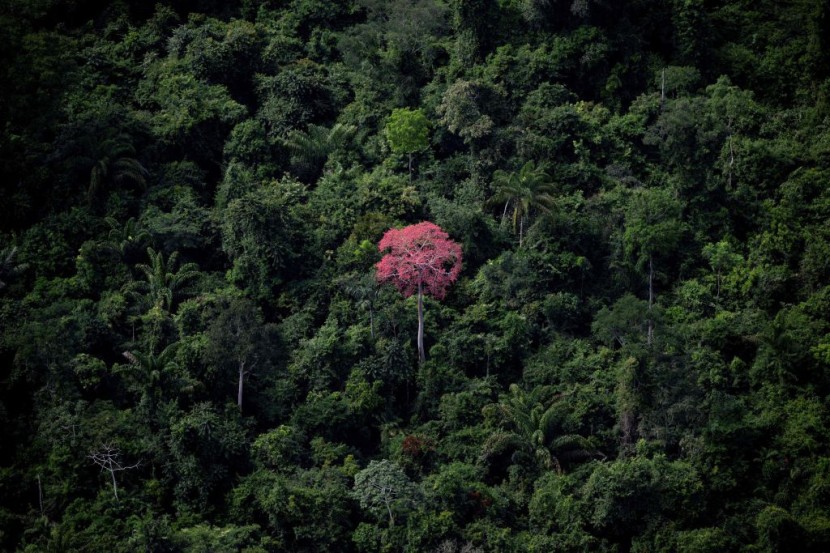It has been reported that archeologists have discovered a cluster of lost cities hidden in the Amazon rainforest that is approximately 2,000 years old, according to the Associated Press.

The series of earthen mounds and roads are located in Ecuador and first came to the attention of archaeologist Stephen Rostain, the director of investigations at the National Center for Scientific Research in France, back in the 90s.
However, he told the Journal of Science, "I wasn't sure how it all fit together," said Rostain.
How Was This Done?
The recent mapping was done by laser-sensor technology and revealed the sites were part of a dense network of settlements and connected roadways that were located in the foothills of the Andes Mountains.
Some estimates have the society that created these works as lasting 1,000 years or more.
"It was a lost valley of cities," said Rostain. "It's incredible." Built and occupied by the Upano people at about 500 B.C. and abandoned sometime between 300 and 600 A.D., the residential and ceremonial buildings number more than 6,000 and were surrounded by agricultural fields and drainage canals.
The largest roads are about 33 feet wide and stretch for up to 12 miles (20 kilometers). Researchers believe more than 10,000 people inhabited the area.
"This shows a very dense occupation and an extremely complicated society," said University of Florida archeologist Michael Heckenberger, who was not involved in the study. "For the region, it's really in a class of its own in terms of how early it is."Historically, the Amazon is often depicted as a dense wilderness that could only support small groups of people. But these discoveries run counter to that assumption.
José Iriarte, a University of Exeter archaeologist, said it would have required an elaborate system of organized labor to build the roads and thousands of earthen mounds.
"The Incas and Mayans built with stone, but people in Amazonia didn't usually have stone available to build - they built with mud. It's still an immense amount of labor," said José Iriarte, a University of Exeter archaeologist who did not participate in this research.
Scientists have discovered similar evidence of thriving societies in the Amazon that predate European contact.
"There's always been an incredible diversity of people and settlements in the Amazon, not only one way to live," said Rostain. "We're just learning more about them."








